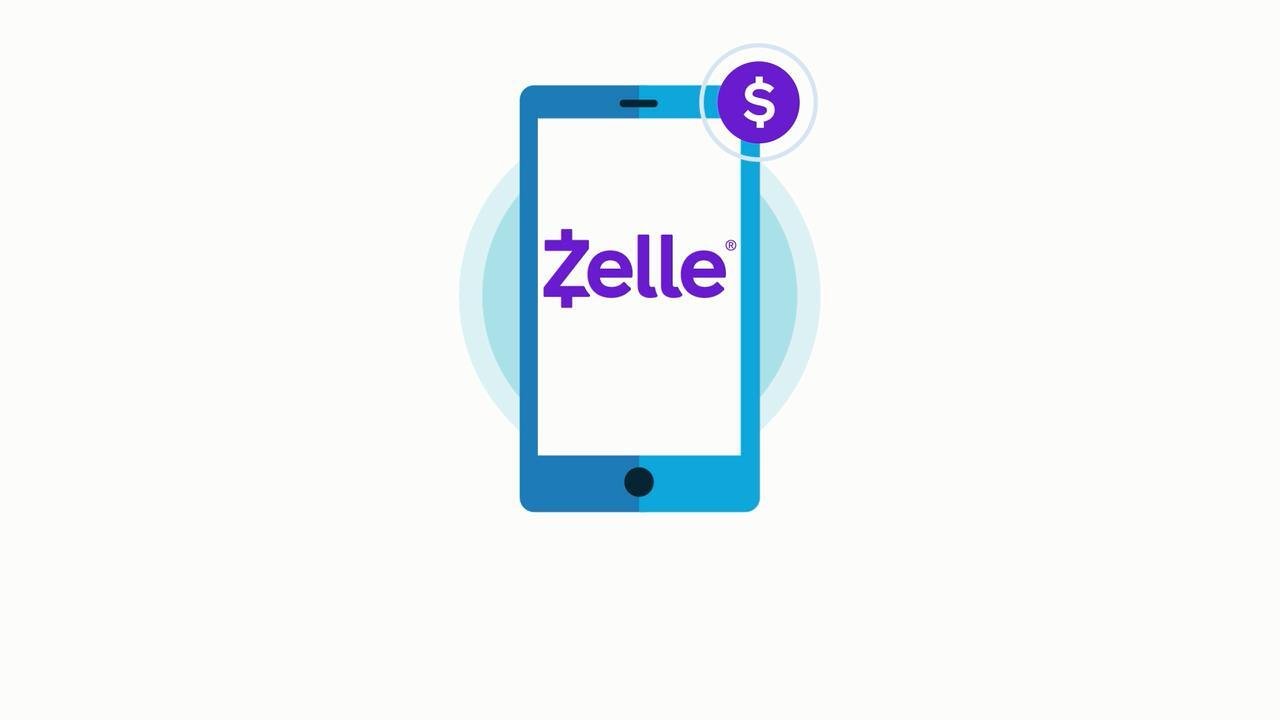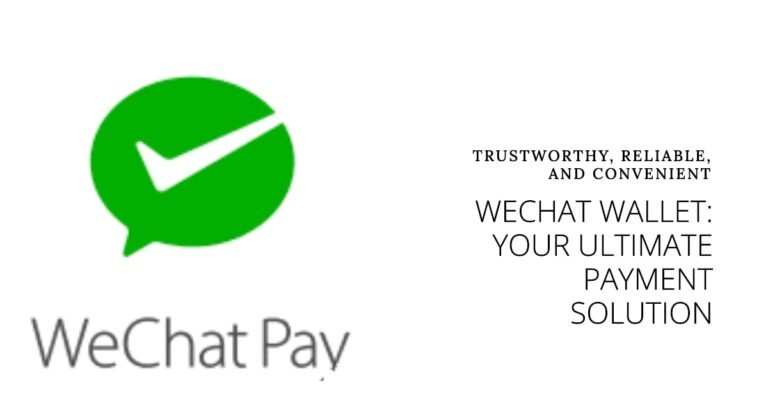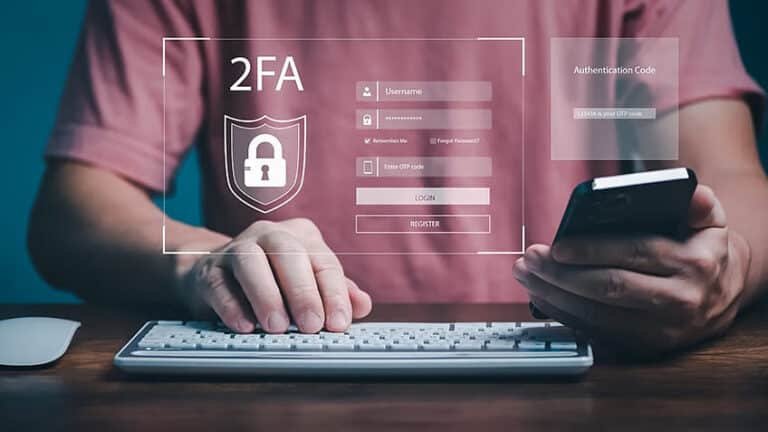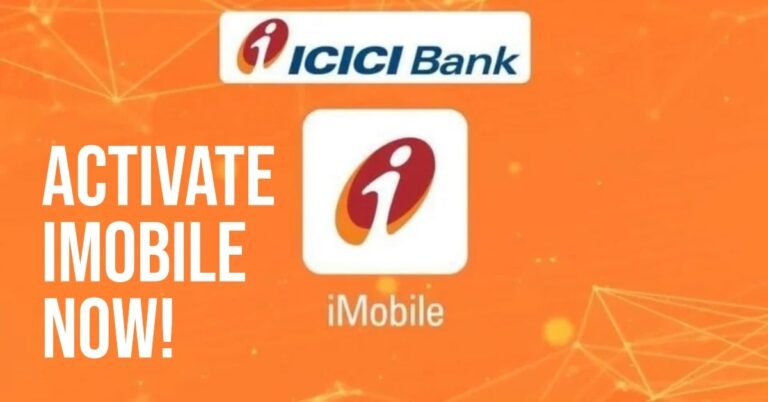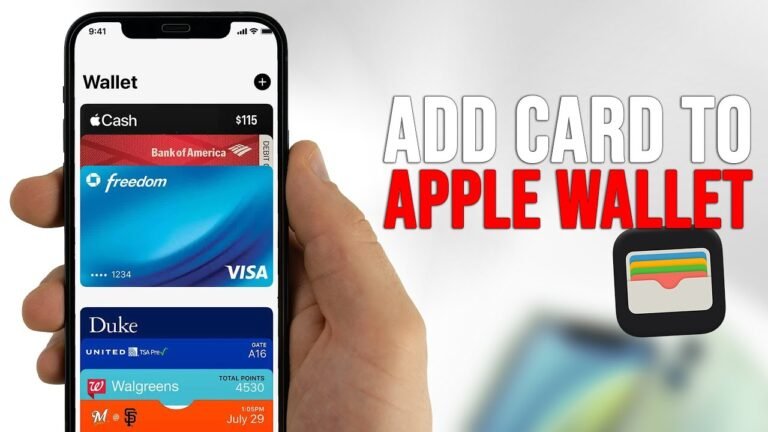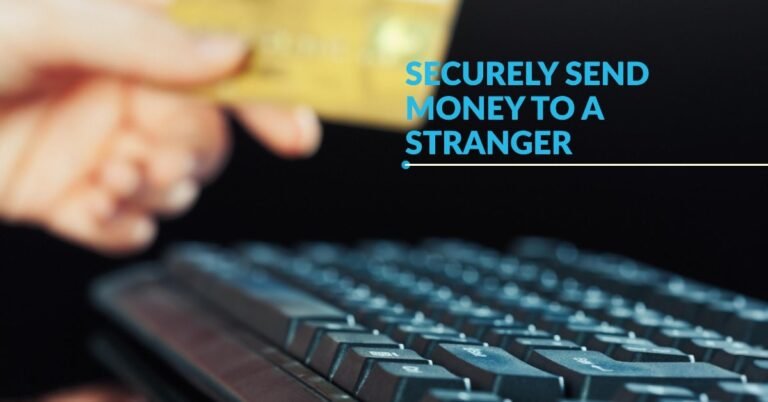Zelle: The Ultimate Beginner’s Guide (2025) – How It Works, Safety, and Supported Banks
Need to pay the babysitter, split a dinner bill, or send a gift to a family member instantly? Zelle has become a go-to tool for millions. But how does it actually work, and more importantly, is it safe?
This definitive beginner’s guide for 2025 will walk you through everything you need to know. We’ll cover how to use Zelle for the first time, which banks support it, its real limitations, and how it stacks up against Venmo and Cash App. We’ve researched Zelle’s peer-to-peer (P2P) network, security protocols, and common user pitfalls to provide you with a clear, honest, and safe guide to sending and receiving money.
What is Zelle and How Does It Work?
This section covers the fundamental difference that sets Zelle apart from other payment apps. By understanding its underlying technology, you can better appreciate its speed and its limitations.
How Does Zelle Work?
Unlike Venmo or PayPal, Zelle doesn’t hold your money in a separate account. It’s a direct bank-to-bank transfer service. When you send money via Zelle, it moves directly from your bank account to the recipient’s bank account, often within minutes. This is a crucial difference and the reason behind its speed. Because it’s a digital payment network that connects financial institutions, it bypasses the need for an intermediary digital wallet. All you need to send money is the recipient’s U.S. mobile phone number or email address, which acts as a digital key linked to their bank account. No sensitive account numbers are ever shared between users.
The 7 Banks That Own Zelle
Zelle wasn’t just another tech startup; it was a collaborative effort by major financial institutions. This is a key piece of information that builds trust and explains why Zelle is so deeply integrated into the U.S. banking system.
Zelle was created by seven of the largest banks in the U.S. as a way to compete with new P2P apps. They are the founding owners of Early Warning Services, LLC, which operates the Zelle network. The seven founding banks are:
- Bank of America
- Truist
- Capital One
- JPMorgan Chase
- PNC Bank
- U.S. Bank
- Wells Fargo
How Zelle Makes Money
Zelle’s business model is unique because it’s not based on user fees. Instead, it operates on a business-to-business model that benefits its partner banks.
Since there are no fees to send or receive money, Zelle generates revenue primarily by charging its member banks a fee for using its network. This allows banks to offer a fast, convenient payment service to their customers without having to build their own infrastructure. Zelle may also generate revenue from premium services offered to banks, such as enhanced security tools or customer support solutions.
Using Zelle Without a Bank Account
A common question for new users is whether they need a traditional bank account to use Zelle. This section provides a clear, direct answer to that question.
No. You must have a U.S. bank account and a Visa® or Mastercard® debit card linked to that account to use Zelle. This makes it a tool for bank customers, not for those who are unbanked or prefer to use a standalone wallet.
A Step-by-Step Guide for Beginners
For your first time using Zelle, you might be a little hesitant. This simple, step-by-step guide will walk you through exactly what you need to do to send money securely.
Sending Money
- Enroll: The easiest way to get started is to look for the Zelle logo in your existing mobile banking app. If your bank is a partner, Zelle is likely already integrated. If not, you can download the standalone Zelle app. To enroll, you’ll need to enter your email address or U.S. mobile number. This is the “key” that links your bank account to the Zelle network.
- Add a Recipient: You only need your recipient’s U.S. mobile phone number or email address. There’s no need to ask for their bank account details. If the recipient is already enrolled, their information will automatically link. If not, they will be notified and guided to enroll to accept the payment.
- Enter the Amount: Carefully enter the amount you wish to send. This is a critical step, so double-check the amount and the recipient’s information. Remember that once a payment is sent to an enrolled user, it is irreversible.
- Send: The money moves directly from your bank account to theirs, often within minutes.
Accepting Money
Receiving money with Zelle is even easier than sending it. This section explains the process for both Zelle-partner and non-partner bank users.
The process for receiving money is even simpler.
- If your bank is a Zelle partner, the money will appear directly in your account, often within minutes. You don’t have to do anything—you’ll receive a notification that the money has been deposited.
- If your bank is not a partner, you will receive a text or email with a link. Click the link to enroll your information on Zelle’s official website to accept the payment. Once you’re enrolled, the money will be deposited into your account.
First-Time Transaction Speed
While Zelle is known for its speed, the first time you send money to a new contact might not be instant. This section explains the security measure behind that potential delay.
While most Zelle instant transfers are completed in minutes, the very first transaction to a new recipient might be delayed by a few hours as a security precaution. This is a safeguard your bank uses to protect you from potential scams. Once that first payment is complete, subsequent transfers to the same person are typically instant.
What if I sent money to the wrong person?
If you accidentally send money to the wrong email or phone number, there is a small chance you can get it back, but only if the recipient is not yet enrolled with Zelle. If you send money to an unenrolled user, the payment will be in a pending state. You may be able to cancel it. However, if the recipient is already enrolled, the money is typically gone for good. Always confirm the recipient’s information before you send a payment.
Which Banks Support Zelle?
With over 1,700 banks and credit unions in the Zelle Network®, chances are your financial institution is a partner. This section tells you how to check for yourself.
Supported Banks
Over 1,700 banks and credit unions in the U.S. are part of the Zelle Network®. The easiest way to check is to look for the Zelle logo in your mobile banking app. You can also visit Zelle’s official directory of partner banks to find your financial institution.
Daily Limits
It’s important to understand that Zelle isn’t designed for unlimited transactions. This section explains how transaction limits are set and why they vary.
This depends on your bank. Major banks like JPMorgan Chase or Bank of America might have daily transaction limits of $2,500 or more. If you use the standalone Zelle app (because your bank isn’t a partner), the weekly sending limit is much lower, typically around $500.
Here are some general daily limits for popular banks, but always check with your specific institution as they can change:
| Bank | Daily Limit | Monthly Limit |
|---|---|---|
| Bank of America | ~$3,500 | ~$20,000 |
| Capital One | ~$3,000 | Not publicly listed |
| Chase | ~$2,000 | ~$20,000 |
| Wells Fargo | ~$3,500 | ~$20,000 |
Disclaimer: These limits are subject to change. Always check with your specific bank for the most up-to-date information.
The Downsides and Safety Risks
This is arguably the most crucial section of this entire guide. Understanding Zelle’s primary limitation is the key to using it safely.
The Downside of Using Zelle
Treat Zelle like digital cash. Because transactions are instant and direct, there is no way to cancel a payment once it’s sent. More importantly, Zelle does not offer fraud protection for authorized payments. This means if you authorize a payment to a scammer, your money is gone for good.
Debunking a Myth: Why Banks Don’t Dislike Zelle
You may have heard that banks are at odds with Zelle, but this is a common misunderstanding. Here’s the truth about their relationship.
This is a common misconception. Banks love Zelle—they own it! It was created as their answer to competitors like Venmo and PayPal. The reason for user frustration often comes from the lack of fraud protection, which is a feature designed for speed, not for commercial transactions with strangers.
Common Zelle Scams to Avoid
Because of the lack of purchase protection, Zelle is a prime target for scammers. Here are the most common scams you need to be aware of:
- Impersonation Scams: A scammer pretends to be someone you know (like a friend, family member, or even your bank’s fraud department) and pressures you to send money urgently.
- “Pay Yourself” Scams: The scammer gains control of your phone number and sends a fraudulent text about suspicious activity. They then call you, pretending to be your bank, and trick you into sending money to yourself, which they then reroute to their own account.
- Marketplace Scams: A seller on a platform like Craigslist or Facebook Marketplace demands payment via Zelle and then never sends the item. The scammer’s profile is often new and lacks friends or reviews.
- Fake Invoice Scams: You receive a fake invoice that looks legitimate and a message pressuring you to pay immediately via Zelle. Always verify an invoice’s authenticity before sending money.
The Most Important Thing to Understand About Zelle: Authorized vs. Unauthorized Payments
This is the key to understanding your risk. When it comes to getting your money back, not all scams are treated equally. Your bank’s policy is based on one crucial distinction: who initiated the payment.
If you were tricked into sending money, it is an authorized payment, and your bank is not legally required to refund you. This is the core risk of Zelle.
- Unauthorized Payment: This occurs when a scammer or hacker gains access to your account and sends money without your knowledge or permission. This is considered fraud. Under the Electronic Funds Transfer Act (EFTA), your bank is legally obligated to investigate and reimburse you for any losses, provided you report the incident promptly.
- Authorized Payment: This occurs when a scammer tricks or manipulates you into sending the money yourself. Even though you were a victim of a scam, the payment was “authorized” by you. Because of this, the bank is generally not required to refund your money.
Zelle vs. The Competition
Choosing between Zelle and Venmo depends entirely on your specific needs. Here’s a quick comparison to help you decide.
Zelle or Venmo?
| Zelle | Venmo |
|---|---|
| Best for instant, fee-free transfers to people you know and trust. | Better for social payments and transactions with some buyer protection. |
| Direct bank-to-bank transfer. Money never sits in a Zelle account. | Uses a digital wallet balance. Money can be held in Venmo before cashing out. |
| No purchase protection for authorized payments. | Offers purchase protection for eligible goods and services transactions. |
| Private by default. No social feed. | Has a public social feed (though this can be made private). |
Zelle or Cash App?
| Zelle | Cash App |
|---|---|
| A pure bank-to-bank payment network. | A digital wallet with extra features. |
| Primary Use: Sending money directly to bank accounts. | Primary Use: P2P payments, plus options for stock/Bitcoin investing. |
| Security: Relies on your bank’s security infrastructure. | Security: A standalone app with its own security features. |
| No extra features like investing or crypto. | Offers features like a debit card (Cash Card), stock investing, and Bitcoin. |
Final Zelle FAQs
Here are some answers to other common questions you might have about using Zelle.
Can I use Zelle with PayPal, Cash App, or Chime?
No, Zelle is not integrated with other services like PayPal, Cash App, or Chime. However, you can use your bank account linked to Zelle to also link to these other services. You cannot send money directly from Zelle to a PayPal or Cash App account. You must send money from your bank account to another person’s bank account via Zelle.
Can I use Zelle for business?
Yes, you can use Zelle for business, but it’s important to understand the limitations. Not all banks offer Zelle for business accounts. You must use a separate email address or phone number from your personal Zelle account. There may also be different sending limits and some banks might charge a fee for business transactions, so you should check with your specific bank first.
Can I send money to someone in another country?
No, Zelle is only for domestic transfers within the United States. Both the sender and the recipient must have a U.S. bank account and a U.S. phone number. Zelle is not designed for international transfers.
Is it safe to use Zelle?
Yes, Zelle is a safe service when used as intended. The network is protected with bank-level security. The most common security risks come from user error or scams. As long as you only send money to people you know and trust, and are careful to double-check the recipient’s information, Zelle is a very secure way to transfer money.
Conclusion: The Final Verdict – When Should You Use Zelle?
Zelle is the fastest and simplest way to send money directly to someone’s bank account, provided you know and trust them completely.
Use Zelle for:
- Paying rent to your landlord
- Sending money to family
- Splitting a bill with a trusted friend
NEVER Use Zelle for:
- Paying for goods from a stranger on Facebook Marketplace
- Buying concert tickets from someone you don’t know
- Any transaction where you expect buyer protection
By understanding that Zelle is digital cash, you can use it safely and effectively for what it was designed for: fast, simple, personal payments.
Oladepo Babatunde is the founder of TechFinanceGuide.com and a seasoned technology professional specializing in the dynamic intersection of technology and finance. As a Computer Science graduate (HND) with over a decade of hands-on experience in the tech sector since 2011, he combines deep technical knowledge with a passion for financial innovation.
Oladepo’s mission at TechFinanceGuide is to bridge the gap between powerful financial technology and the everyday user. He is committed to delivering well-researched, actionable content that empowers readers to make informed financial decisions, navigate digital payment systems safely, and understand the trends shaping our future. From blockchain and investment tools to cybersecurity and mobile banking, his articles provide clear guidance in an ever-evolving landscape.
Beyond writing, Oladepo remains a dedicated analyst of the tech landscape, constantly evaluating the breakthroughs that reshape global finance. Connect with him on LinkedIn for in-depth discussions and insights on leveraging technology in the world of finance.
